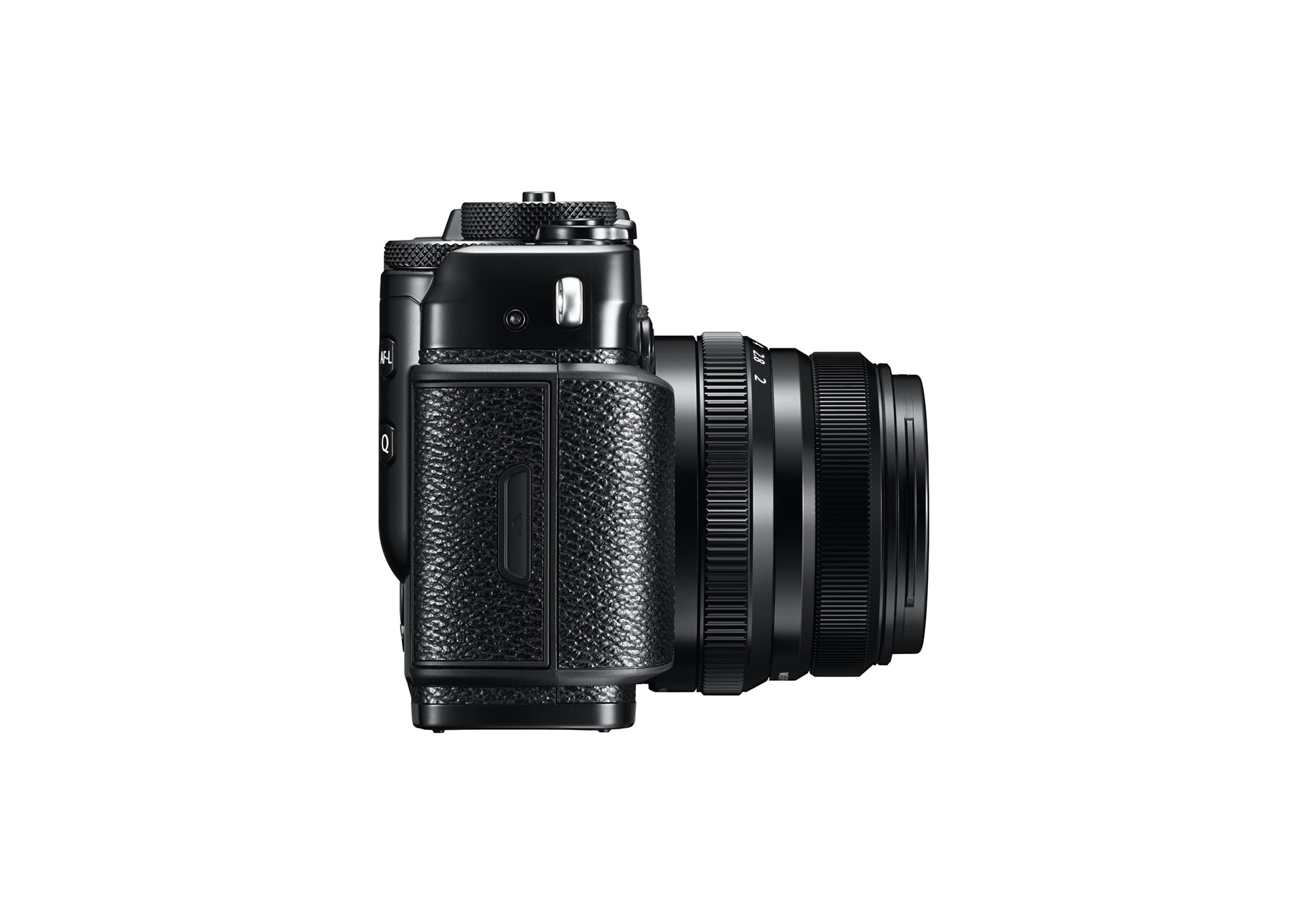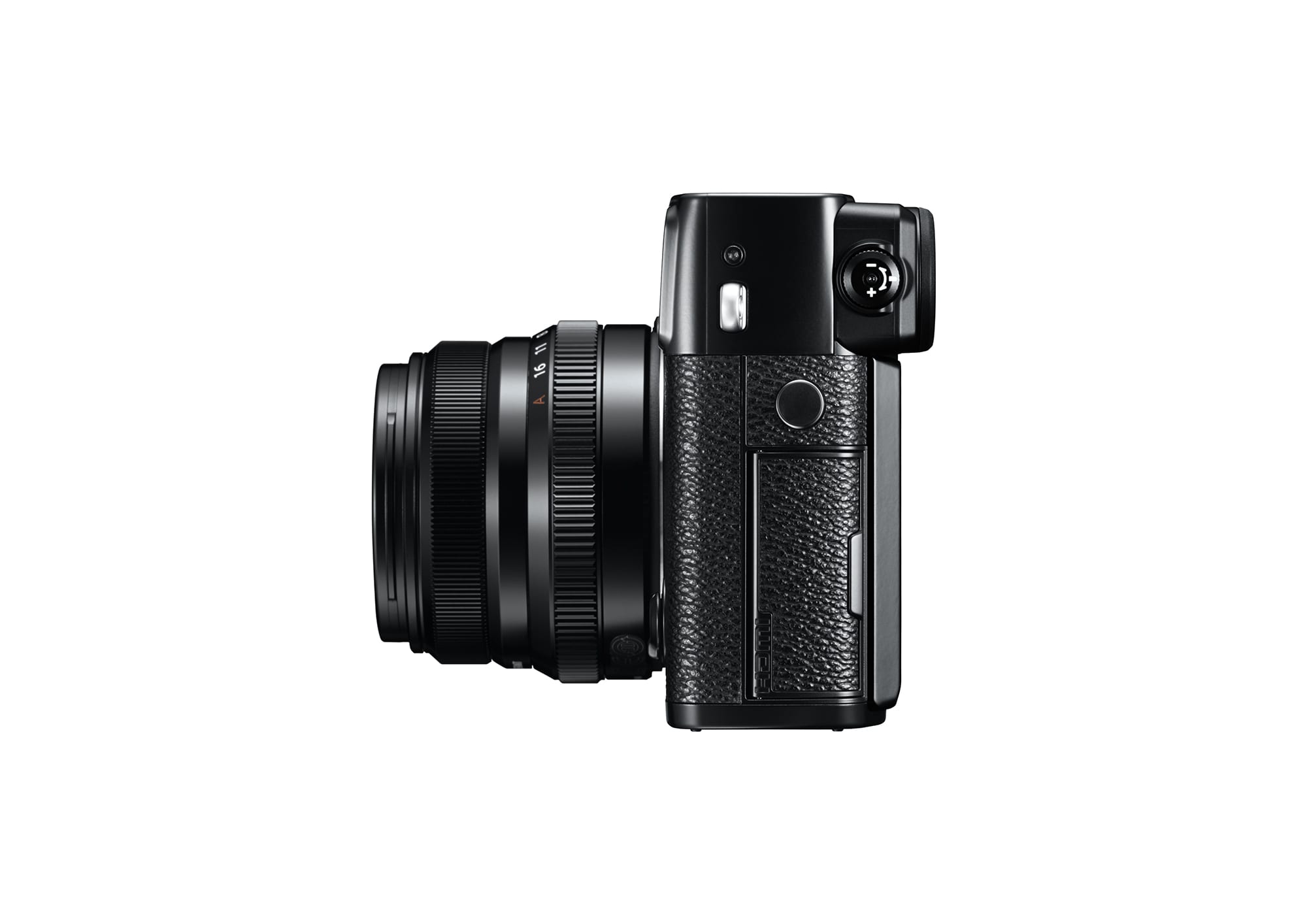Fuji has gone to some lengths to correct the somewhat hesitant autofocusing system of the X-Pro1, and now uses 273 AF points across the screen, including 169 phase detection points. “Our new focusing system is faster and more accurate than that in the previous camera. The new processor allows the system to run much more quickly and the sensor reports at 33fps, instead of 14 as it does in the X-Pro1. There are more AF points, with the phase detection points helping with speed and the contrast detection systems assisting accuracy.”

Fuji has introduced different power efficiency modes that can help to save battery life according to the way the camera is being used. “The live view system can run at 54 or 85fps, so users can choose to save power and make the battery last longer. If you are working in manual focus mode you will want the viewfinder to respond more quickly so the higher performance mode will work best for you, but if you are using autofocus with a subject that isn’t moving it is less important to have such a responsive finder. Also, if you are using the optical viewfinder, you can select economy mode rather than the standard mode.
“We wanted to improve the number of pictures that can be taken with a single charge of the battery, and we had two choices – make the camera more efficient or make the battery bigger. We wanted to keep the proportions of the camera so a bigger battery was not the right answer. Instead we have increased the efficiency of the camera and allowed the user to select modes that are more economical to run. We have used the same battery as was used in the X-Pro1 as well, so photographers who own that camera will have spares already.”

The move to a 24-million-pixel sensor will be welcomed by most. Fuji has also made some moves to improve the internal effects processing for those who like to shoot JPEG. “Many of the photographers we spoke to like to use JPEG images straight from the camera”, Ueno tells me. “So, we have added a new black-and-white mode that is similar to our Acros film. It has fine grain, dense blacks and higher mid-tone contrast than the standard black-and-white mode. We have also added a grain effect feature, so photographers can create more effects to make their pictures look as though they are shot on film.”
The new sensor, I was told, will be the standard now for the company’s next generation of pro-end cameras, but consumer models will stick with the current 16-million-pixel unit. Ueno says that while noise levels from the new sensor are about the same as those from the previous model, the signal has improved significantly, so the signal-to-noise ratio is much better.
Medium format
Most of us remember a time when Fuji was very active in the medium format market and, with a few moments thought, will recall the breadth of attractive cameras the company offered. The GX680 was an astonishing piece of work, as were the GA645 bodies with their non-interchangeable lenses – and then there were GW, GS and GF models. All were modern for their time, but Fuji now has a host of newer technology learnt from the X-Series that could be very usefully deployed in a new digital medium format body – a body that could compete nicely with the current crop of choices that are mostly based on old fashioned bodies.
Ueno is a medium format fan, and is actually a Hasselblad Master himself, so he has a personal interest in Fuji starting up a new line of medium format bodies. “We are in a very good position to make a medium format camera, as we make camera bodies, sensors and lenses. We already make the lenses for Hasselblad, so we have that expertise.
“At the moment Fuji is not planning to launch a medium format camera, but we are conducting research and testing sensors in this area. We have a good history in the medium format market, and I think we would be successful again. We have the technology to make a very modern and high quality camera, but right now we are only investigating.” Ueno agreed that now would be a very good time for Fuji to enter the market, but it seems that not everyone in the company is quite as convinced.
Subscribe to the print edition of BJP for your monthly briefing on contemporary photography. Our latest issue, Shooting the Rich, features the acclaimed documentary photographers turning their cameras on the mega-wealthy – read more here.
Fuji's second coming
Pages: 1 2
